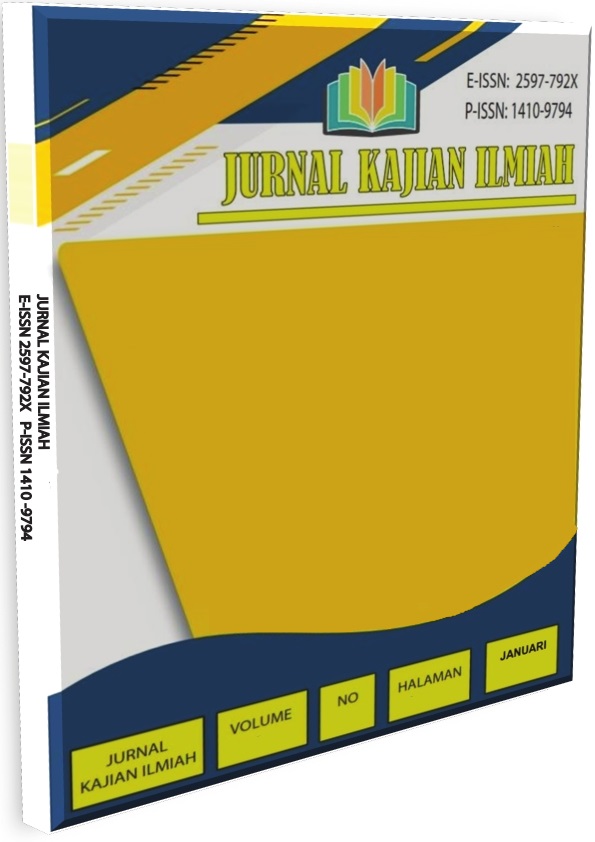Uji Prototype Metode Design Thinking pada Penyebaran Informasi COVID-19
DOI:
https://doi.org/10.31599/fa8q9e76Keywords:
Design thinking, Prototype, Usability Testing, User Interface, User ExperienceAbstract
The spread of information about COVID-19 spreads so fast that the information circulating in the community has not been confirmed. This causes excessive anxiety and fear. There are several approaches to getting things done like design thinking, design sprint, and lean UX. With the right approach, this kind of situation will be resolved. From these problems, in this research, problem-solving will be carried out using a design thinking method. Because design thinking is the best method for developing innovative products. The design thinking process consists of 5 stages: Empathize, Define, Ideate, Prototype, Test. This research has carried out all these stages. The prototyping process uses the Figma mirror application to produce a more real experience for users. Then the prototype was tested on 5 respondents. After the test is carried out, it shows the success data based on predetermined indicators in the form of task 1 success is 80%, task 2 success is 100% successful, task 3 success is 60%, task 4 success is 40%, task 5 success is 100% and task 6 has 60% success. so that the average success of the prototype made is 88%. This means that the prototype developed with the design thinking method is easy for users to use. However, there are still features that have a low yield of 40%. So in the next iteration, it is necessary to improve the interface display that focuses on the call doctor feature based on user feedback.
Downloads
References
Dell’Era, C., Magistretti, S., Cautela, C., Verganti, R., & Zurlo, F. (2020). Four kinds of design thinking: From ideating to making, engaging, and criticizing. Creativity and Innovation Management, 29(2), 324–344. https://doi.org/10.1111/caim.12353
Guspara, W. adhitia. (2020). Design Science: Approach to Build Design Thinking for Student. International Journal of Creative and Arts Studies, 7(1), 19–31. https://doi.org/10.24821/ijcas.v7i1.4166
Lauff, C. A., Kotys-Schwartz, D., & Rentschler, M. E. (2018). What is a prototype? what are the roles of prototypes in companies? Journal of Mechanical Design, Transactions of the ASME, 140(6). https://doi.org/10.1115/1.4039340
Makalalag, A. H., Ekawardhani, Y. A., Valentina, T., & Gaol, L. (2021). User Interface/User Experience Design for Mobile-Based Project Management Application Using Design Thinking Approach. International Journal of Education, Information Technology and Others (IJEIT), 4(2), 269–274. https://doi.org/10.5281/zenodo.5055189
Melles, G., Howard, Z., & Thompson-Whitesidec, S. (2012). Teaching design thinking: Expanding horizons in design education. Procedia - Social and Behavioral Sciences, 31(2011), 162–166. https://doi.org/10.1016/j.sbspro.2011.12.035
Pande, M., & Bharathi, S. V. (2020). Theoretical foundations of design thinking – A constructivism learning approach to design thinking. Thinking Skills and Creativity, 36(February), 100637. https://doi.org/10.1016/j.tsc.2020.100637
Prabowo, M., & Suprapto, A. (2021). Usability Testing pada Sistem Informasi Akademik IAIN Salatiga Mengunakan Metode System Usability Scale. JISKA (Jurnal Informatika Sunan Kalijaga), 6(1), 38–49. https://doi.org/10.14421/jiska.2021.61-05
S, K. (2020). The Design Thinking Process – How does it work? https://www.maqe.com/insight/the-design-thinking-process-how-does-it-work/
Sukmasetya, P., Setiawan, A., & Arumi, E. R. (2020). Penggunaan Usability Testing Sebagai Metode Evaluasi Website Krs Online Pada Perguruan Tinggi. JST (Jurnal Sains Dan Teknologi), 9(1), 58–67. https://doi.org/10.23887/jst-undiksha.v9i1.24691
Supriyatna, A. (2019). Penerapan Usability Testing Untuk Pengukuran Tingkat Kebergunaan Web Media of Knowledge. Teknois : Jurnal Ilmiah Teknologi Informasi Dan Sains, 8(1), 1–16. https://doi.org/10.36350/jbs.v8i1.17
Yuliyana, T., Arthana, I. K. R., & Agustini, K. (2019). Usability Testing pada Aplikasi POTWIS. JST (Jurnal Sains Dan Teknologi), 8(1), 12. https://doi.org/10.23887/jst-undiksha.v8i1.12081











_-_Copy1.jpg)




